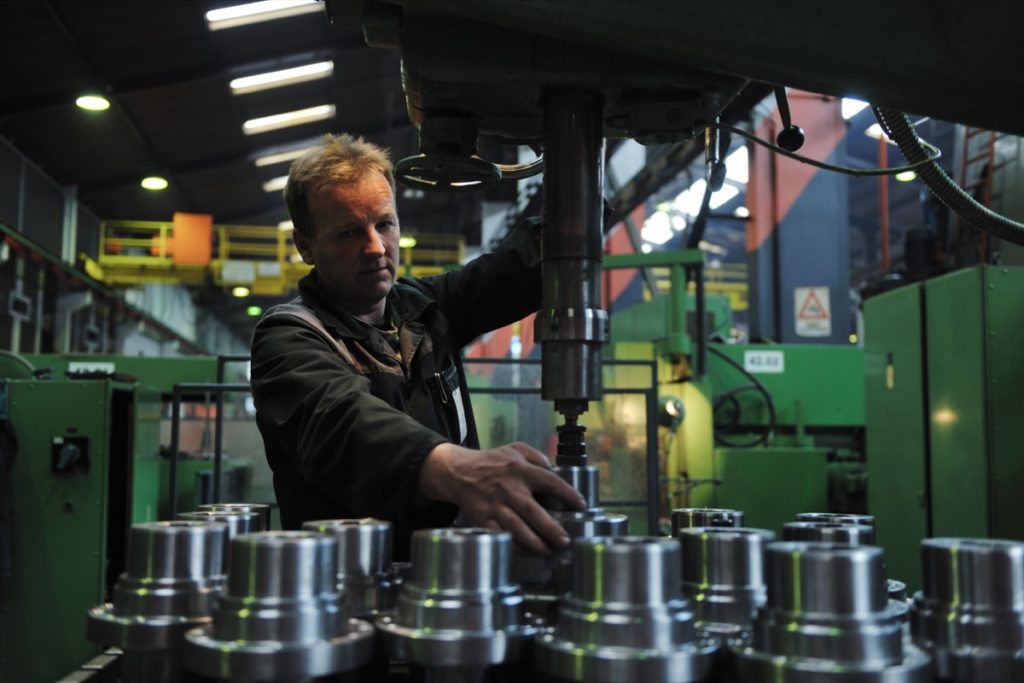Is It Truly Lean Manufacturing?
Mar 24, 2016
I recently met with the CFO of a large manufacturing firm located in Northern Ohio which primarily produced automotive parts. This particular firm was part of a much larger organization with multiple plants across North America, as well as internationally. As we discussed the current state of the industry and his individual division, he mentioned a number of years earlier the entire company, including the international affiliates, went to lean manufacturing.
The primary goal of lean manufacturing is to use the least amount of resources necessary to make a given product and to maintain your inventory to avoid retaining large inventories. Providing customers with continuous, perfectly timed shipments without creating a stockpiling effect is also an element of lean manufacturing.
 As we talked about how the operations were working, he mentioned one of the plants in his division recently failed to deliver and as a result, the assembly line was shut down for an extended period. He was concerned because the penalty rate for causing a shutdown of this operation was $15,000 a minute. Given the shut down for his plant was over an hour, this cost can add up quickly. At the time of our discussion, he had yet to receive the penalty charge from the customer and was hoping due to mitigating circumstances there would be no such penalty.
As we talked about how the operations were working, he mentioned one of the plants in his division recently failed to deliver and as a result, the assembly line was shut down for an extended period. He was concerned because the penalty rate for causing a shutdown of this operation was $15,000 a minute. Given the shut down for his plant was over an hour, this cost can add up quickly. At the time of our discussion, he had yet to receive the penalty charge from the customer and was hoping due to mitigating circumstances there would be no such penalty.
Such experience led to a conversation about how lean manufacturing was working in his operation. He acknowledged a number of plants had become very efficient, however behind the scenes, there was slippage occurring in each of the organizations.
He explained many manufacturing plants operating under extreme penalty provisions from their customers kept a small, off the books inventory, containing some of the most critical parts. There is no actual inventory kept in the plant, but instead in storage trailers on the grounds or at the customer’s location. The idea being if there is an absolute need due to a failure in the production process, the customer’s assembly line would not be shut down. Instead, the hidden inventory would be used to keep operations running. Based on his description, this concealed inventory never appeared on any of the lean analysis. In fact, it represented an off the books safety margin for emergencies.
The CFO spoke about how many of the operations have become very lean in relationship to manufacturing labor costs. In fact, some of the plants were running with exceptional efficiencies as a result of lean initiatives. It has also helped reduce crew sizes and still maintain production. However, the slippages have occurred in that some of the production support or perhaps production indirect labor was being recorded as an administrative charge. In doing so, the particular labor involved was not being considered with regard to the lean analysis being done on the overall labor. In effect what was happening is the crew was being supported and maintained by an indirect or support of direct labor positions, but the accounting department recorded such indirect support position as an administrative cost. Therefore, it was ignored as part of the overall efficiencies.
This manufacturing CFO was totally supportive of the lean manufacturing initiative and believed it did bring improved efficiencies to the operations. However, perhaps the true gains were somewhat less than reported gains if all of the slippages had been accounted for completely. The results may be quite different and may even result in a different conclusion.
Categories: Cost Accounting
